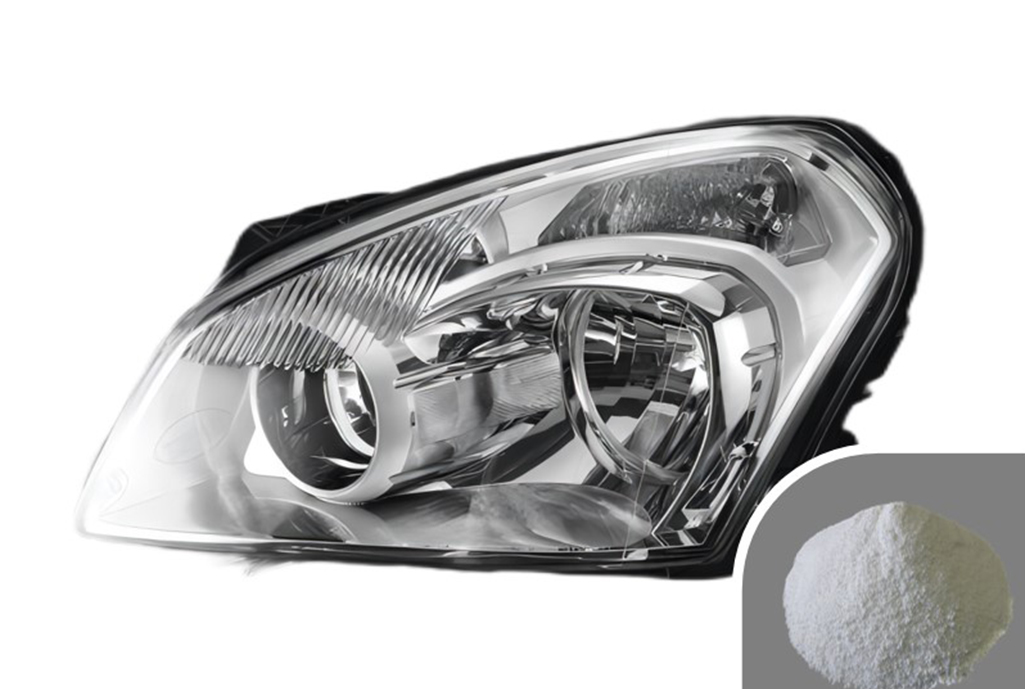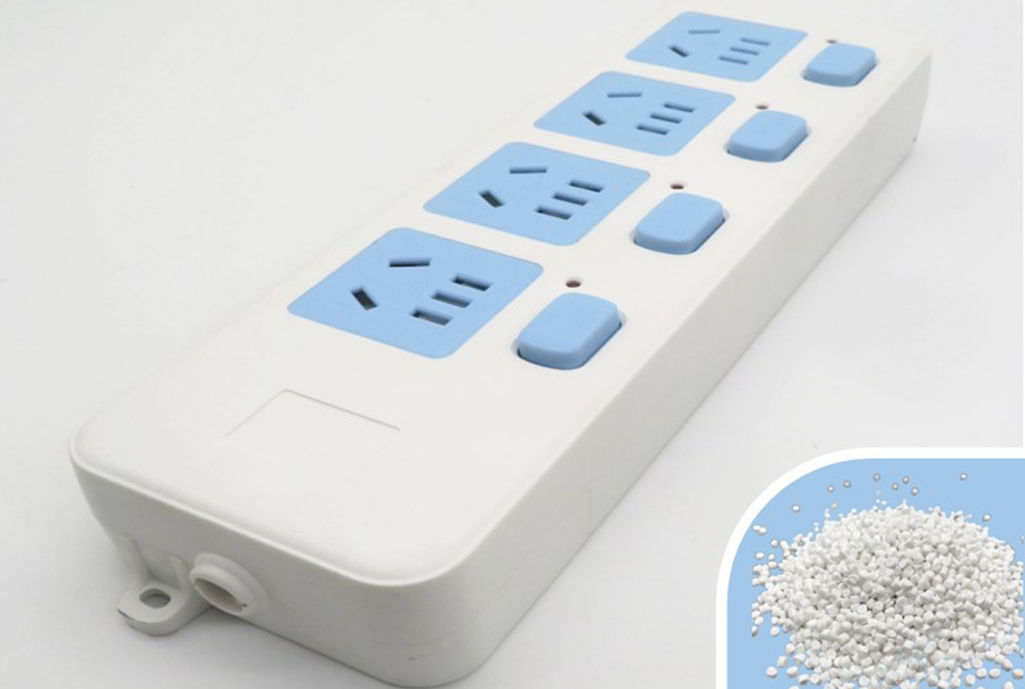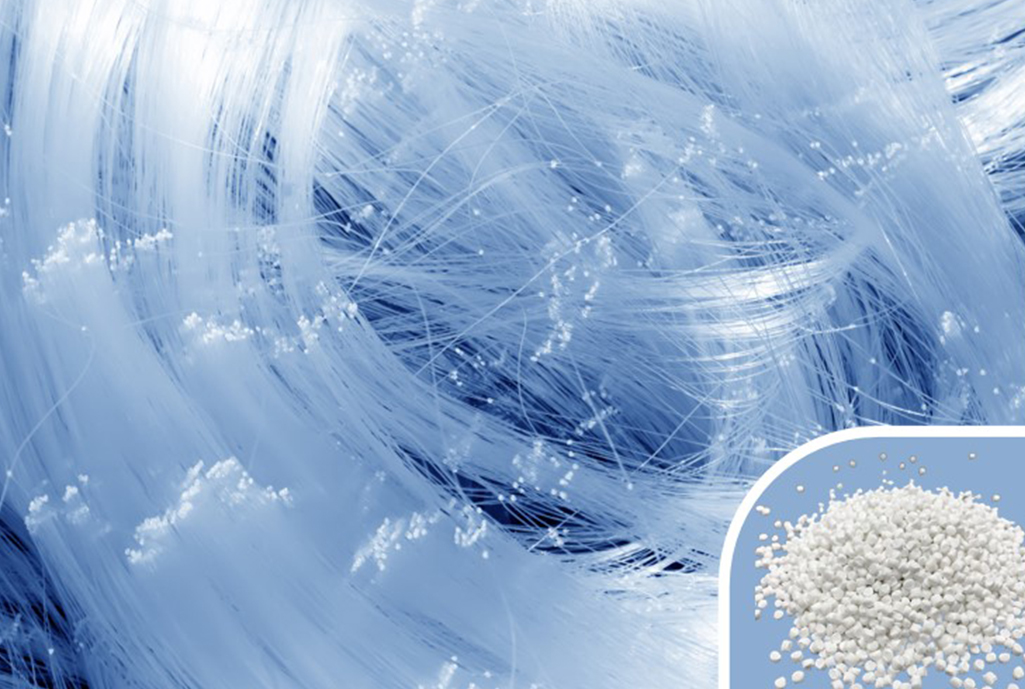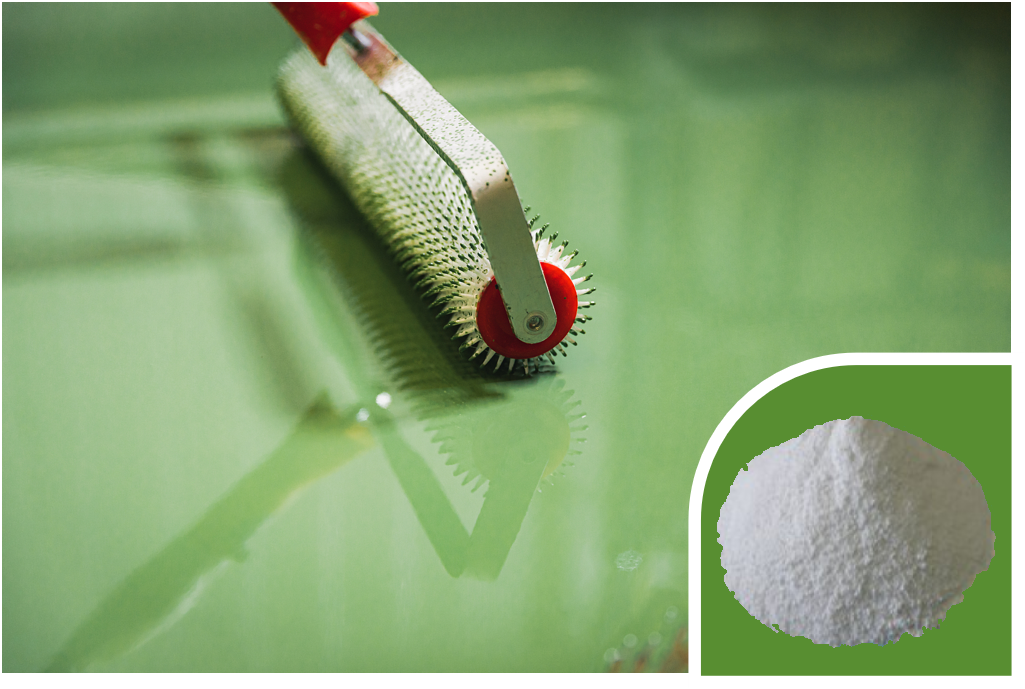Functional Additives Masterbatch: Elevating Plastic Performance and Processing
2025-11-12
Functional Additives Masterbatch is a cornerstone technology in the modern plastics industry, playing a critical role in transforming standard polymer resins into high-performance materials tailored for specific demanding applications. Unlike color masterbatches that primarily impart hue, functional masterbatches are concentrated granular mixtures designed to introduce or enhance a variety of critical physical, chemical, and processing properties in the final plastic product.
What is a Functional Additives Masterbatch?
A masterbatch is a concentrated mixture of pigments and/or additives encapsulated in a carrier resin. The Functional Additives Masterbatch specifically refers to those concentrates where the active ingredients are chemical auxiliaries (additives) intended to modify the base polymer’s performance.
Composition
The masterbatch pellet is typically composed of three main elements:
- Active Functional Additive(s): The core component (e.g., UV stabilizer, flame retardant, anti-static agent) that imparts the desired property.
- Carrier Resin: A polymer resin (often compatible with the base resin being processed, such as PE, PP, or PET) that acts as the vehicle for the high-concentration additive.
- Dispersing Agents: Compounds that ensure the active ingredients are uniformly distributed within the carrier resin, which is crucial for achieving consistent performance in the final product.
Key Types of Functional Additives
The versatility of Functional Additives Masterbatch stems from the wide array of properties they can impart. They are essential for extending the life, improving the safety, and enhancing the processability of plastic goods. Common types include:
| Functional Additive | Primary Benefit | Typical Applications |
|---|---|---|
| UV Stabilizers / Antioxidants | Protection against degradation from sunlight (UV) and oxidation (heat/oxygen), extending product lifespan. | Outdoor furniture, automotive parts, agricultural films, roofing sheets. |
| Flame Retardants | Reduces flammability and slows the spread of fire. | Electrical cables, electronic housings, construction materials, automotive interiors. |
| Anti-Static Agents | Prevents the build-up of static electricity, reducing dust attraction and risk of electrostatic discharge (ESD). | Electronic packaging, clean-room equipment, certain films. |
| Antimicrobial/Antibacterial | Inhibits the growth of bacteria, mold, and fungi on the plastic surface. | Medical devices, food packaging, consumer goods, and surfaces. |
| Processing Aids | Improves melt flow, reduces viscosity, and enhances surface quality during manufacturing. | Thin films, complex injection-molded parts, extrusion processes. |
| Nucleating Agents | Controls the crystallization process in semi-crystalline polymers, improving mechanical properties and dimensional stability. | Parts requiring high stiffness and reduced cycle times. |
| Anti-Fog Agents | Prevents the condensation of water droplets on film surfaces. | Food packaging film (e.g., fresh produce). |
| Foaming Agents | Generates gas within the polymer melt to create a microcellular structure, reducing density and part weight. | Automotive components, insulation, structural parts. |
Benefits for Plastic Manufacturers
The utilization of Functional Additives Masterbatch offers significant advantages in both product quality and manufacturing efficiency:
- Superior Dispersion and Consistency: Since the additive is pre-dispersed in a polymer matrix, it ensures a highly uniform distribution in the final product. This prevents property inconsistencies, which is a common challenge when handling raw powdered additives.
- Enhanced Processing Efficiency: Masterbatches are typically in a pellet form, making them easy to handle, dose, and incorporate into standard processing equipment (e.g., extruders and injection molding machines). This simplifies manufacturing, reduces downtime, and minimizes the risk of production errors.
- Cost-Effectiveness: Using concentrated masterbatches allows for high “let-down ratios” (a small amount of masterbatch treats a large amount of base polymer), which optimizes the use of expensive additives and reduces inventory complexity.
- Improved Safety and Cleanliness: Encapsulating potentially hazardous or dusty powder additives in a polymer pellet form significantly increases workplace safety, reduces airborne particles, and minimizes cross-contamination.
- Extended Product Lifetime: Functional additives like UV stabilizers and antioxidants dramatically increase the durability and longevity of plastic parts, allowing them to withstand harsh environmental conditions.
Conclusion
The Functional Additives Masterbatch is an indispensable component in the development of modern plastic products. By delivering a concentrated, pre-dispersed, and easy-to-handle solution, it empowers manufacturers to precisely control and customize the performance characteristics of base polymers. This technology ensures that plastics meet the ever-increasing demands for safety, durability, and functionality across industries, cementing its status as a critical enabler of innovation in polymer engineering.
Would you like to explore the specific technical challenges a UV stabilizer masterbatch addresses in an outdoor application?





















